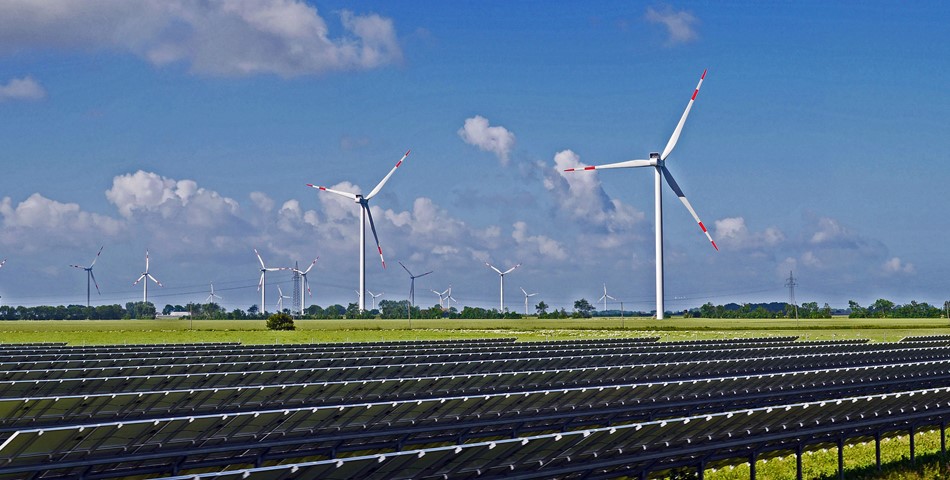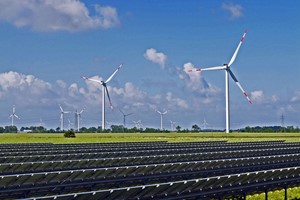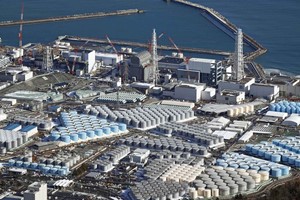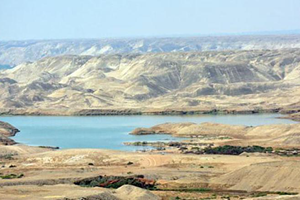Japan is a major player in the world of energy. The country is one of the largest energy consumers and importers. It is also a recognized leader in energy technology development and a major exporter in that sector.
Security of supply has traditionally been critical to Japan, as it relies on imports for practically all of its fossil fuel supply. Recent years have been challenging, however. Japan's energy policy has been dominated by efforts to overcome the impact from the 2011 Great East Japan earthquake and the subsequent nuclear accident. At the 15th Conference of the Parties (COP15) in 2009, Japan had pledged to reduce its greenhouse gas (GHG) emissions by 25 percent from 1990 to 2020. This ambitious pledge largely relied on plans to increase nuclear power's share in electricity supply from 30 percent to 50 percent.
After March 2011, the country's entire nuclear power capacity was gradually shut down in the aftermath of the Fukushima Daiichi nuclear accident and came to a complete halt in 2013. The nuclear shutdown left a gap of around 30 percent in electricity supply. This gap was closed mostly by at the time expensive fossil fuels, primarily by liquefied natural gas (LNG), but also by oil and, from 2013 on, by coal.


Electricity savings and, since 2012, additional renewable electricity capacity also helped to close the gap. Yet by the end of 2013, import dependence had risen to 94 percent from 80 percent in 2010. Annual CO2 emissions from power generation had grown by more than 110 million tons, or by one-quarter. Electricity prices had increased by 16 percent for households and 25 percent for industry, according to IEA data, and were set to continue to rise fast. The situation was unsustainable for the long term.
Thus, the government decided to fundamentally rethink its energy policy. In April 2014, the government adopted the fourth Strategic Energy Plan (SEP) and based on that plan, the Ministry of Economy, Trade and Industry (METI) prepared the 2015 "Long-Term Energy Supply and Demand Outlook" to 2030 which was adopted in July 2015. The SEP introduces safety among the key objectives of energy policy, alongside the three "Es" of energy security, economic efficiency and environmental protection. These objectives are intertwined and the government has been careful to balance them in the subsequent outlooks and strategies to 2030 and beyond. The 2015 Outlook was prepared with climate change objectives in mind. A key part of the Outlook is the electricity supply mix for 2030, which projects declines in the share for natural gas, coal and oil, a comeback to nuclear energy and strong increases in renewable energy.
After the adoption of the 2015 Outlook, Japan announced its intended nationally determined contribution (INDC) for COP21 (held in Paris from 30 November to 12 December 2015) to reduce GHG emissions by 26 percent from 2013 to 2030. In May 2016, it adopted the Plan for Global Warming Countermeasures. The plan is based on the INDC and the Paris Agreement by which Japan pledges to head towards cutting emissions by 80 percent by 2050 under the condition that this is compatible with economic growth. To support these promises, the government is working together with industry and academia to promote energy technology innovation under the 2016 National Energy and Environment Strategy for Technological Innovation towards 2050 (NESTI 2050).












